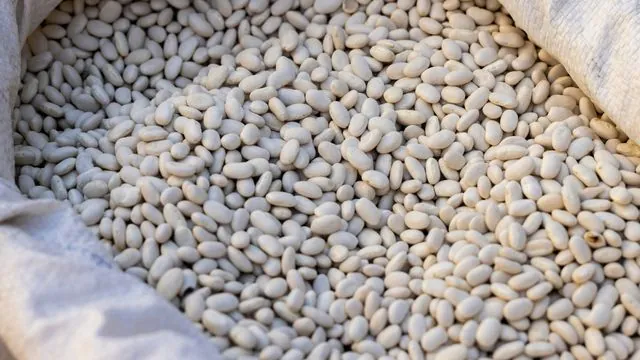
Unlocking the Power of Fermented Legumes: A Health Revolution!
2025-06-09
Author: Sarah
Fermentation Magic: Transforming Legumes into Nutritional Powerhouses
Researchers at the University of Illinois Urbana-Champaign have unveiled groundbreaking findings on the fermentation of pulses—dried edible seeds from legumes—that dramatically boost their antioxidant and anti-diabetic properties. By discovering the optimal fermentation conditions, scientists have opened doors to healthier food options.
The Science Behind the Transformation
Using the probiotic Lactiplantibacillus plantarum 299v, the team experimented with flours from black beans, black-eyed peas, green split peas, red lentils, and pinto beans. The results were astonishing: antioxidant activity surged by up to 83%, while the capacity to manage Type 2 diabetes indicators increased by up to 70%.
Which Pulses Came Out on Top?
According to Elvira Gonzalez de Mejia, the study's lead professor, red lentils and green split peas showcased the greatest enhancements in antioxidant capacity and protein solubility. They also demonstrated significant modulation of insulin-related enzymes, suggesting powerful potential for diabetes management.
Gut Health and Nutritional Benefits
Valdés-Alvarado, an Illinois graduate student and key author of the study, noted that Lp299v not only supports gut health but also enhances nutrient absorption by producing easily digestible peptides. Given that plant-based foods account for up to 70% of global protein demands, legumes are fast becoming essential alternatives to animal proteins.
A Call to Action for Sustainable Eating
The findings, shared at major conferences, highlight an urgent need to explore the nutritional properties of plant-based diets, especially as they relate to chronic diseases like cardiovascular issues and diabetes. The U.S. Dietary Guidelines encourage the consumption of beans, peas, chickpeas, and lentils as part of a healthy lifestyle.
Optimizing Fermentation Techniques
The research team meticulously tested various fermentation conditions, adjusting time frames, flour concentrations, and microbial strains to unlock each pulse's full potential. This has led to a remarkable understanding of how slight variations in the process can lead to vastly different health benefits.
Enhancing Food Products for the Future
These pulses, with their impressive protein content—ranging from 18% to 25%—could serve as key ingredients in a variety of food products, from dairy alternatives to meat substitutes. As de Mejia pointed out, the food industry must be encouraged to embrace these nutrient-rich ingredients to tackle issues related to food insecurity and climate change.
The Future Looks Promising!
Supported by USDA's initiatives and research grants, this innovative work could lead to a culinary revolution, firmly placing fermented legumes at the forefront of healthy eating. With staggering benefits for both individual health and broader sustainability, the humble pulse may just hold the key to a healthier future!



 Brasil (PT)
Brasil (PT)
 Canada (EN)
Canada (EN)
 Chile (ES)
Chile (ES)
 Česko (CS)
Česko (CS)
 대한민국 (KO)
대한민국 (KO)
 España (ES)
España (ES)
 France (FR)
France (FR)
 Hong Kong (EN)
Hong Kong (EN)
 Italia (IT)
Italia (IT)
 日本 (JA)
日本 (JA)
 Magyarország (HU)
Magyarország (HU)
 Norge (NO)
Norge (NO)
 Polska (PL)
Polska (PL)
 Schweiz (DE)
Schweiz (DE)
 Singapore (EN)
Singapore (EN)
 Sverige (SV)
Sverige (SV)
 Suomi (FI)
Suomi (FI)
 Türkiye (TR)
Türkiye (TR)
 الإمارات العربية المتحدة (AR)
الإمارات العربية المتحدة (AR)